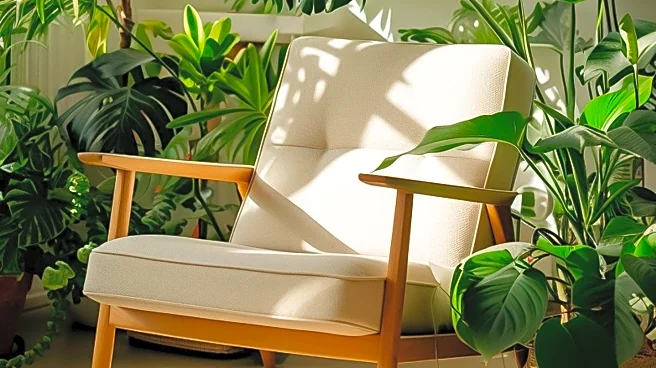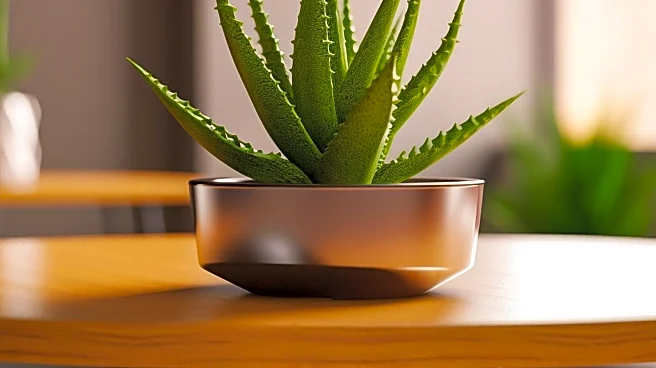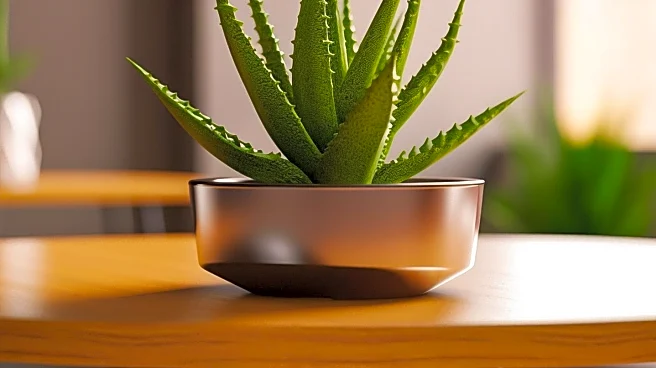What's Happening?
A study from Stanford University has identified that covering about 20% of indoor space with plants provides the greatest boost in perceived restoration and sense of belonging. The research involved 412
volunteers in digitally modeled conference rooms with varying amounts of greenery, revealing that excessive indoor plants can increase stress levels. The study utilized the Nature View Potential tool to measure the visual impact of indoor plants, finding that a balanced amount of greenery enhances mental and physical well-being.
Why It's Important?
The findings offer valuable insights for interior designers and architects aiming to optimize indoor environments for health and well-being. By understanding the ideal amount of indoor plants, spaces such as offices, classrooms, and healthcare facilities can be designed to maximize the benefits of greenery, potentially improving productivity, reducing stress, and enhancing recovery rates. This research underscores the importance of feeling connected to nature for achieving the full benefits of indoor plants.
What's Next?
Researchers hope to refine the Nature View Potential tool to assist designers in achieving the optimal balance of indoor greenery. This could lead to widespread adoption of plant integration strategies in various settings, enhancing the quality of indoor environments and promoting well-being across different sectors.











